GAMES
1,972
Chrono Cross & Radical Dreamers
3 years ago
In case you don't already know,
Chrono Cross is a PS1 game that's a sequel (kind of) to the SNES classic
Chrono Trigger, which just got a re-release/remaster on the Switch. I just played about an hour of it, and wanted to write out some thoughts, mainly about the battle system. The remaster also includes a short text-based prequel (again, kind of) called
Radical Dreamers, which I played and also want to write out some thoughts about!
I've finally mustered up the mental energy to write one of these rambling posts about a game I'm playing that only a couple of people will even see! Gasp!! (Or rather, I'm currently frustratingly uninspired to do anything I'd like to do with my time, and this feels better than scrolling through Reddit and watching YouTube videos, so...)
![]()
Screenshot presented without context.
I've played Chrono Cross before, though it was never released outside Japan and North America, so it was via emulator (I only discovered Chrono Trigger years after its SNES release via a PS1 port, so both were somewhat old when I first found them). I forget when I played it; I think it might have been around the time I was working on MARDEK, as I can see some ways in which it inspired my own work.
I only vaguely remember a few things about it. One was that I read that it got a rare perfect rating from some review magazine I can't recall the name of (Famitsu?), and was one of only like a couple of RPGs around the period to be rated so highly? Or something like that, anyway. It surprised me, though, because I remember finding both the story and gameplay generally awkward.
I loved the music though! I've listened to its OST way more often and recently than I ever touched the game itself.
I was surprised to learn a few weeks ago that it was getting a remaster, because - unlike with Chrono Trigger - I never hear people talking about it. It was cheaper than I expected though - only £12 or so - so maybe it was never very popular, and this remaster won't sell much.
As I've spent the last year or two focused on refining Atonal Dreams' battle system to a point where I could be satisfied with it, I was particularly interested in paying attention to this battle system that I vaguely recalled as convoluted but which was apparently well-reviewed by at least one publication. So!
![]()
![]()
Interestingly, the game begins with a dream sequence, where you take control of a mid-game-powered party consisting of two important characters - Serge and Kid, who are adaptations of Radical Dreamers characters (I'll touch on that later) - who are accompanied by an ally randomly selected from the game's vast cast of (mostly optional?) interchangeable eccentrics (rare for a JRPG, and
not something I ever loved). I got some artist boy who I had next to no recollection of. Interesting development choice.
![]()
This section is brief and largely bereft of dialogue or context. There's a cutscene showing some castle thing in a desert surrounded by dragon statues, and you explore the interior a bit with some battles against random bats and bots, with none of the mechanics locked or explained so you have to just press buttons and hope for the best (though you're overpowered so losing isn't an issue).
This ends with the party approaching a door, which opens showing a cutscene where Serge (or rather 'Totchoker' as I lovingly called him) stands over Kid with a bloody knife and smiles.
![]()
Then he wakes up in his bed to his mother telling him to rise and shine, sleepyhead... which I think is (presumably intentionally) the exact dialogue also used in Chrono Trigger? (Though I don't think that one had a dream sequence preceding the protagonist's awakening?)
You can then wander around your peaceful hometown a bit, talking to NPCs at your leisure, and have to find your girlfriend who wants you to make a necklace for her.
I mention all that because both MARDEK and Atonal Dreams begin with dream sequences, and I wondered in my latest Weekly Update whether AD's should be followed by Collie waking up in bed in her dorm, because a part of my mind believes that 'JRPGs just start like that', or something. I wonder to what extent this particular game inspired that belief, or whether I came across it in a few different games!
![]()
![]()
I wonder whether the complexity of the battle system is comparable to Atonal Dreams'. The mechanics are explained via a tutorial battle against an NPC (or rather, one of the vast cast you can later recruit) - the village chief - who you have to talk to to trigger it, meaning it's likely optional. He dumps everything on you in dry text boxes, which I didn't exactly enjoy.
I also think I got a bug where he wanted me to do something, I did, but he acted as I hadn't? It was unclear though.
Then the battle ends with him KOing you with a spell - or 'element' - to demonstrate how powered-up they can get, revives you... then for some reason KOs you again with a basic physical attack and the battle ends. Weird!
There seem to be two primary battle mechanics:
![]()
Characters have a
stamina value (which is displayed on the ghastly UI as 'Sta.' followed by a non-integer value, eg 4.0, ugh), which allows them to execute attacks back-to-back... kind of. You can do light, medium, and heavy attacks for 1, 2, or 3 stamina respectively, consecutively until you run out, but sometimes enemies just take their turn in the middle of your chain for no apparent reason? Which is one of the ways in which it all feels awkward. Using lighter attacks increases the chance of subsequent heavier ones hitting, which is interesting, and you need to connect with at least some to build the (painfully-placed on the UI) 'Lv' number for your 'element grid' to use magic at all.
So infinite-use basic attacks charge your limited-use magic attacks.
![]()
This
element grid is assigned spells, which can only be used once per battle. You have a number of slots per level, and elements can be assigned to higher or lower slots than their innate level, which adds a + or - number to their name and presumably in/de-creases their power.
Consumable items are replaced by consumable elements, which I can appreciate conceptually and mechanically but don't know how much I'll ever make use of; instead of Potions, you get an element rather bizarrely called 'Tablet', which I was reluctant to use because it wouldn't renew at the start of battles, unlike the Cure which I also had.
It's interesting comparing this to the potions system I recently added to AD, and comments regarding those and how they could have a n-uses-per-battle sort of functionality.
Interestingly, elements have colours which seem to be associated with fire, water, light, etc, but they're only referred to by their colour name. So our hero Totchoker is 'white' elemental, while the village chief during the battle tutorial is 'green' elemental. Fireball is a red element.
There's also a 'field effect' thing, which basically keeps track of the last three colours used, and if they're all the same, elements of that colour are boosted, while its opposite are weakened. Probably a subconscious inspiration for how I'm currently handling boss encounters in AD.
From what I
very vaguely recall about playing this game years ago, I tended to use elements less than I probably should have because even if they were restored after battle, they still triggered that 'I might need them later' reluctance due to being one-use-per-battle. I'll be interested to see how I feel about it once I get further, now that I'm older.
![]()
Out.- 2. 0... Like a stream of gold for the eyes!
I was also paying attention to the visuals. The camera rotates around the arena while you're selecting a skill to use, like in Atonal Dreams! Though it's centred on the acting character rather than the centre of the arena. Attack and spell animations are very slow! (There are convenience features in the remake like increasing battle speed, or auto-battling, but I find the idea of those in what's meant to be an immersive story-driven experience really repugnant, personally. I'd make use of them in a repetitive mobile roster-builder, but not in a console(-style) RPG!)
And as I said earlier, the UI is hideous! Urgh. Just numbers and text all in the same ugly, bland font with too much spacing, crudely crammed into boring boxes. There's that 'Lv' just crammed in there with an awful offset. There's no HP bar, but there is for some reason a bar for the stamina value (right under the HP values), despite it being less valuable to quickly understand as a percentage. The stamina number/text overlaps the bar slightly. Beautiful, it is not.
![]()
Reused screenshot!
Selecting weak/medium/strong attacks is awkward too, requiring using up and down to select menu options instead of assigning each to a separate button or something.
Much of that could be blamed on the era the game was made in - most or all games back then had ugly UIs - though I wonder to what extent it's also due to development time. Atonal Dreams' mechanics were ugly and ungainly at the start, but were improved after two years of refining. Perhaps games like this - despite being made by a full team - progress rapidly through gameplay development so they can be finished in their entirety in a year or two? I wonder.
I also wonder whether the devs found it fun to play in the same way I enjoy Atonal Dreams' battle system, as it was familiar to them. Perhaps other players will find AD as awkward to play as I find this so far. I'll be curious to see. Though I'd like to hope I've at least introduced mechanics more gradually!
Some other stuff:
![]()
Totchoker and his lovely girlfriend bemoan the dearth of sexual adventure in their relationship.
![]()
I wondered about how to handle a world map in my latest Weekly Update. This does the same thing as Chrono Trigger: a Final Fantasy-like roamable world but without random encounters. It's 2D here rather than 3D as it in is the PS1-era Final Fantasies. I wouldn't have the patience to make one like this for Atonal Dreams!
![]()
One of the myriad highly charismatic, memorable, and visually appealing recruitable characters. I cannot wait to check a guide for the obscure steps I need to add it to my rejects bench.
![]()
This is the basic character status page, which for some reason tells me Totchoker is half my age and presumably average height and weight for a Japanese person! How valuable to know! There's no dedicated Lore section as far as I'm aware, though. Also, it bothers me - after spending a few years worrying about animations - how he's holding that weapon with his right hand. Wrists don't bend like that!
![]()
I like this detail in the starting village, where NPCs are queueing to use a save point; a rare instance of those being integrated into the actual world. Bizarrely, though, because the NPCs are in the way, you can't use this one yourself! Odd choice.
![]()
PHEW. As if that wasn't already too much, this was originally going to be a post about
Radical Dreamers, which I played first because I never had before and felt I should. Here's (a touched-up version of) what I wrote about that:
![]()
I remember reading online about Chrono Cross back when I played it - maybe to figure out how to unlock the many optional and easily-missed recruits - and seeing something about a prequel-of-sorts called 'Radical Dreamers', but I didn't really understand what it was. It was exclusive to a thing called the 'Satellaview': a Japan-only add-on for the SNES (or rather Super Famicom) that allowed for downloading games via television broadcast signals or something? I've seen stuff about installments from other surprisingly big franchises - like Zelda - being released exclusively for it? From what I could discern, it sounded like Radical Dreamers was some prequel novel or something? But I don't think I understood it enough to bother looking deeper into it.
![]()
Turns out it's a text adventure thing - or a visual novel, as Wikipedia describes it, though I always thought those were something different - where you mostly read descriptions of what's going on, and can occasionally choose between a small number of text options, in many cases relating to (sometimes randomly-occurring) 'battles' that happen as you explore a manor in pursuit of some magical treasure to steal.
Some thoughts:
![]()
![]()
I first attempted it on the day I bought the game, but I was in a fairly low mood at the time. The general format was unfamiliar and I found the reading tedious and lacking compared to more visual and interactive games, and I only played for about 20 minutes before dying (which is apparently possible) due to foolishly-picked choices. I felt I 'had to' play through it before tackling Chrono Cross because I was curious if it introduced any important story stuff, but felt entirely discouraged and like the whole thing was some arduous chore.
I tried it again last night, though, in a better mood, and had a much, much better time! I took just under 2 hours to finish it - longer than I expected - and I'd say I enjoyed the experience and I'm glad to have played it!
It got me thinking about how first impressions of unfamiliar things can often feel sour and frustrating, especially if we're in a bad mood to begin with, and how that's an obstacle that's always going to be in the way when presenting my own new games to people. I'll just have to hope that people understand they might not love things in their first try, but if they stick with it through the initial phase, there's a better chance that they might!
![]()
The game's story follows three characters: Serge, who's a young former musician turned thief and generic young man who serves as a player avatar; Kid, an Australian-accented (in the English translation at least) 'master thief' and bossy leader despite being a teenage girl (she's described as being 'just shy of 17', and also 'beautiful', and a bunch of dialogue bits had the main Serge character lusting after her, or in one case asking a magical statue for 'her measurements', which I'm surprised wasn't edited out or anything); and Magil, a mysterious shadowy magic-user who's Kid's partner in crime for some reason (despite being described as teaming up with her when she was like 10 and he was in his 30s). They're skulking around the manor of a guy called Lynx in search of a treasure called the Frozen Flame.
Chrono Cross includes many characters who are based on these: the protagonist is called Serge (though while most of the writing in RD is his narration, in CC he's a mute), Kid plays a major role (from what I recall from years ago), Lynx is a major villain... though they all look different and the overall story is completely changed.
![]()
This part of Chrono Cross's intro seems to be a direct refernce to/adaptation of Radical Dreamers in a way that I imagine was satisfying for the creator(s), but maybe lost on many players?
I got thinking a lot about creators' feelings about and relationships with the characters they imagine into being. Back in my deviantART days, it was common for young artists to have collections of 'OCs' - original characters - who they'd draw or include in stories or whatever and who they felt at least some degree of attachment to. I have a cast of created people of my own, from my games and from other stuff as well, and I always find it interesting adapting them for new roles.
It seems fairly obvious that 'Magil' is either based on - or meant to actually be - Magus from Chrono Trigger (there's a line about it seeming like he stepped over from another world, and the vague visuals look very much like his Chrono Trigger sprite), which made me wonder whether he was the creator's favourite, someone he felt a strong attachment to.
Some objects, locations, factions etc - like the Dragoons, Frozen Flame, manor, etc - crossed over from Radical Dreamers to Chrono Cross, and I was particularly interested to hear some pieces of music in Radical Dreamers that I recognise from the Chrono Cross OST I've listened to many times over the years (though they were played with the same virtual instruments that Chrono Trigger used), so they were directly translated from one to the other. Not all the pieces made it from Radical Dreamers to Chrono Cross, though, and I couldn't help but think how it felt like a waste that the composer took the time to make them for what I imagine was a barely-played game (though it might have been really popular in Japan for all I know).
Now that I'm actually writing this out, I feel like I don't have anything especially profound to say about any of this, and my thoughts are half-formed... I don't know, it just made me reflective about my own relationships with my characters, and how I feel about giving them new life in a different game from what they were originally created for. Collie, for example, originated as a relatively minor character in the fairly obscure Taming Dreams, but has a much bigger role in Atonal Dreams.
I imagine this attachment to and reuse of characters must happen a lot with creators - Kingdom Hearts comes to mind, with the adaptation of Final Fantasy characters in a way that felt like "I want to do better with this one on my second try"; most notable with 'Leon' instead of Squall - but I can't really think of other examples of it off the top of my head!
Oh, I suppose there's
∞ Osamu Tesuka's Star System ∞, where the 'father of manga' - maybe best known for Astro Boy - reused characters across many works as if they were actors being hired for roles. Though that doesn't feel quite the same because what I'm thinking of - and what was done with the Radical Dreamers characters in Chrono Cross - is more like a revision of characters, 'giving them a new home', rather than just reusing them in multiple places.
Ehh, I don't know. I'm rambling and should end this far-longer-than-intended post now! Hopefully there was something of mild interest in it if you read this far!




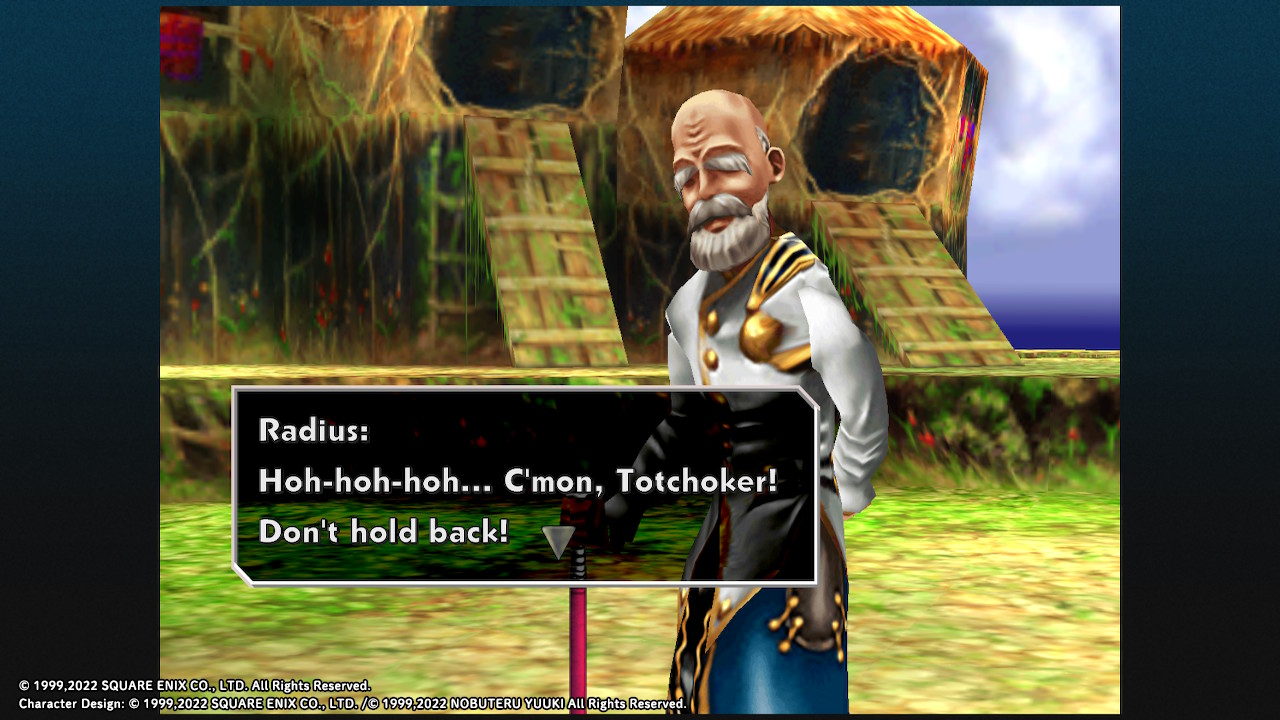

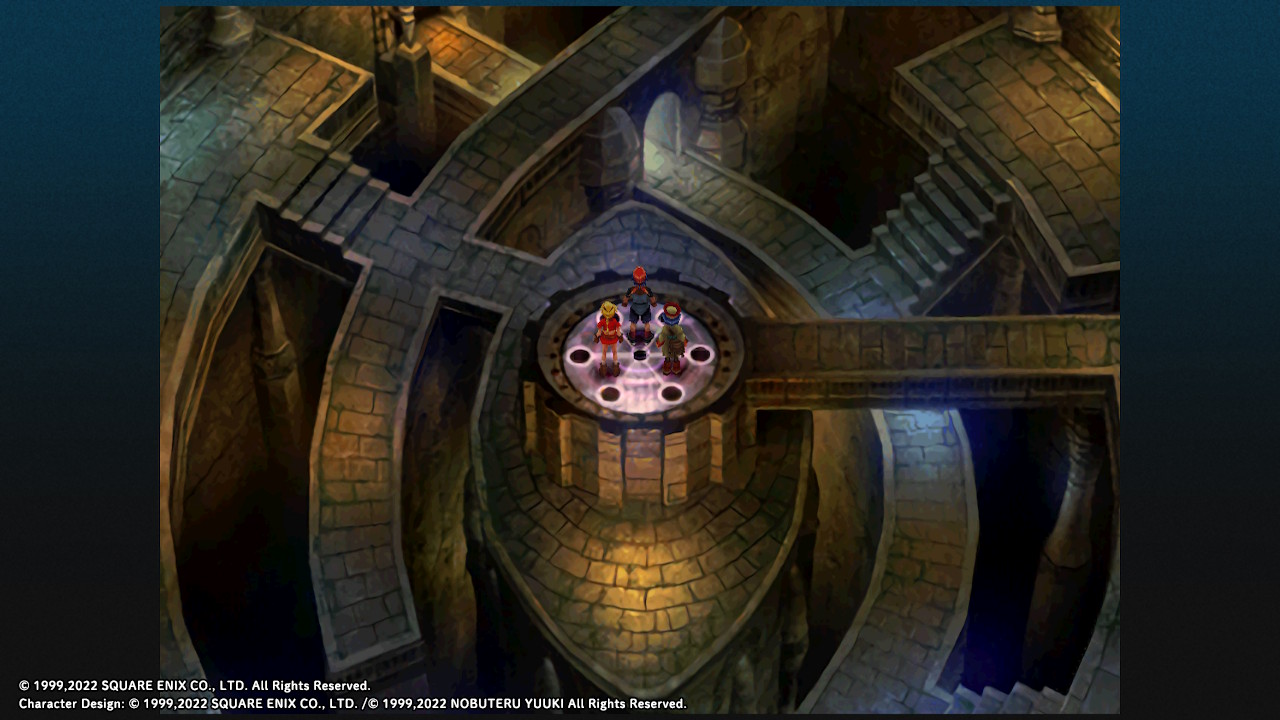
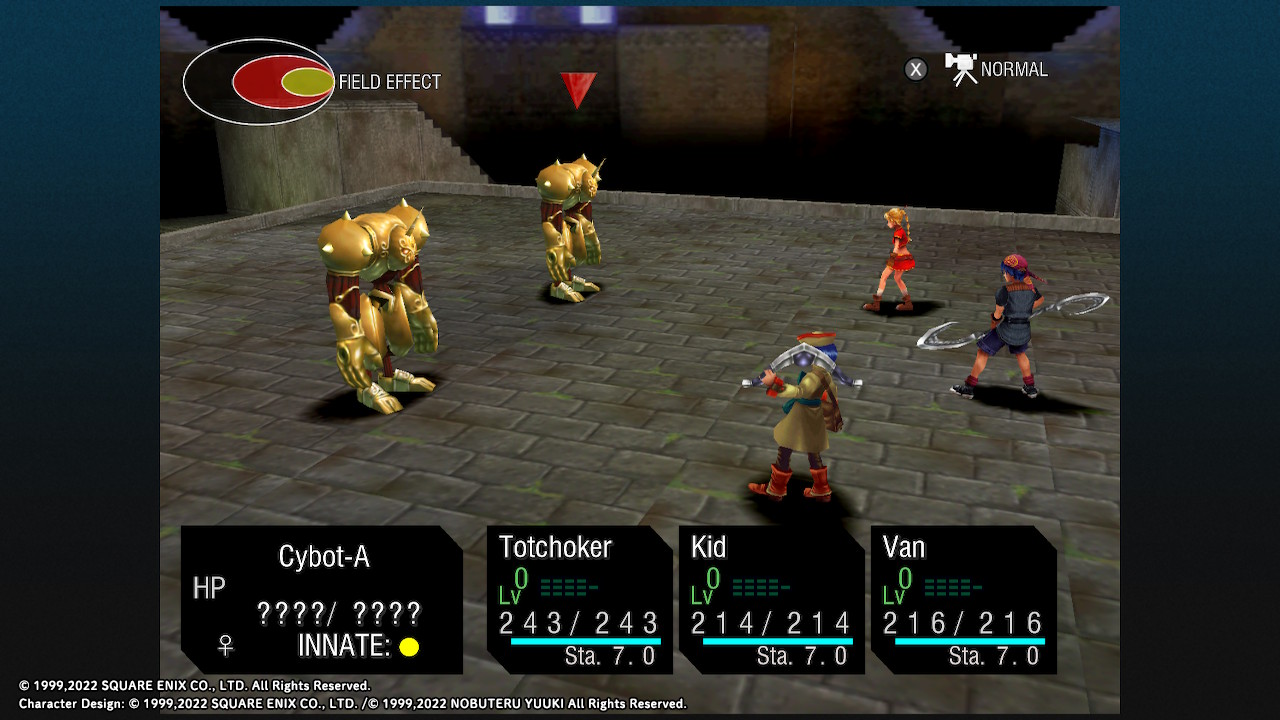

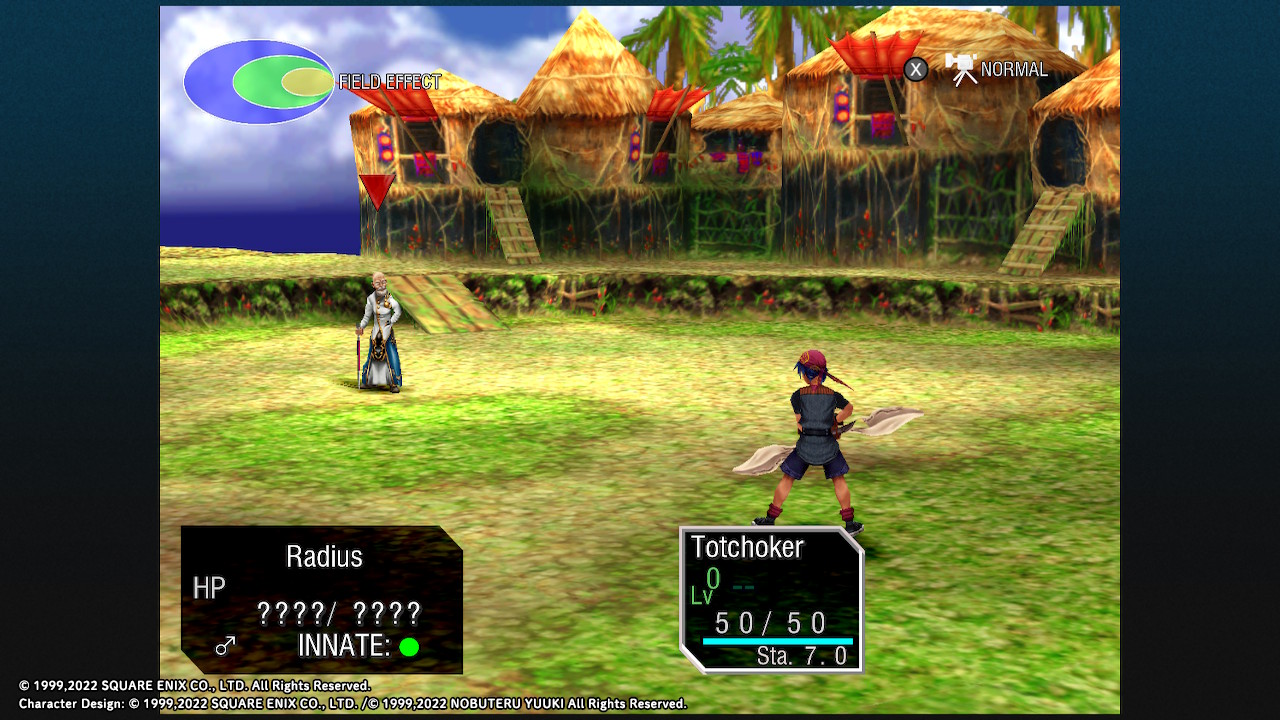
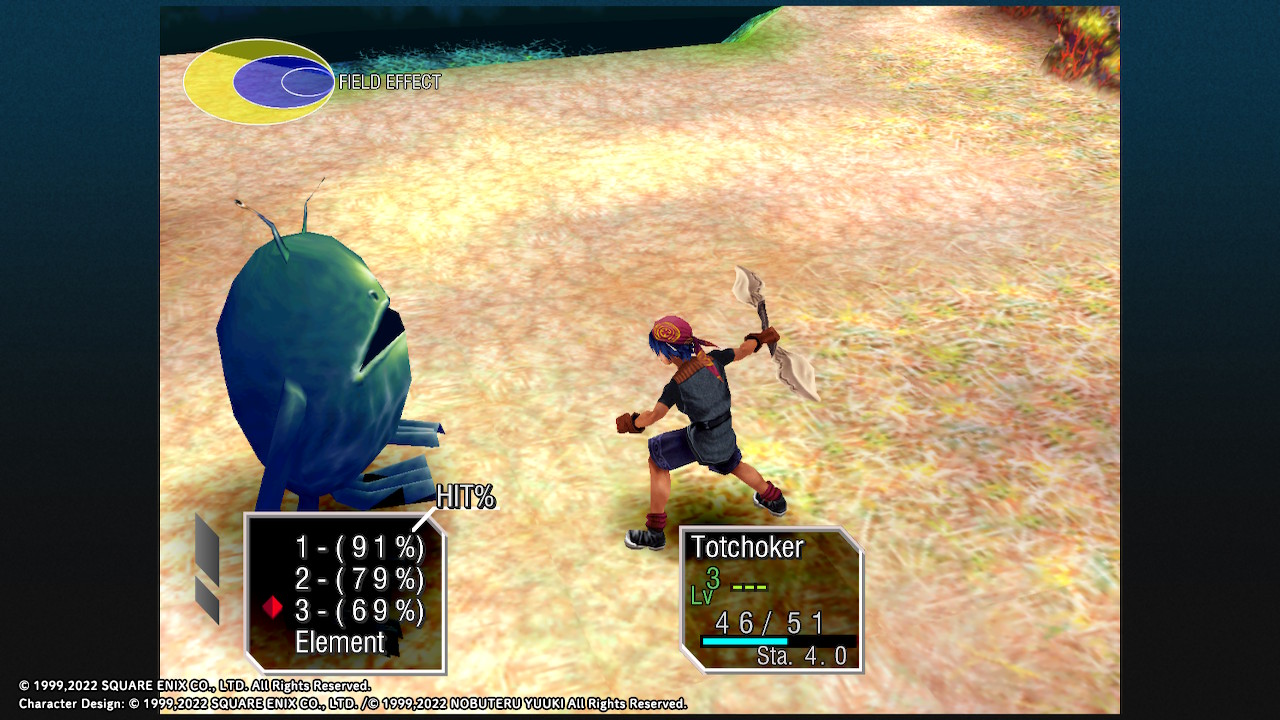
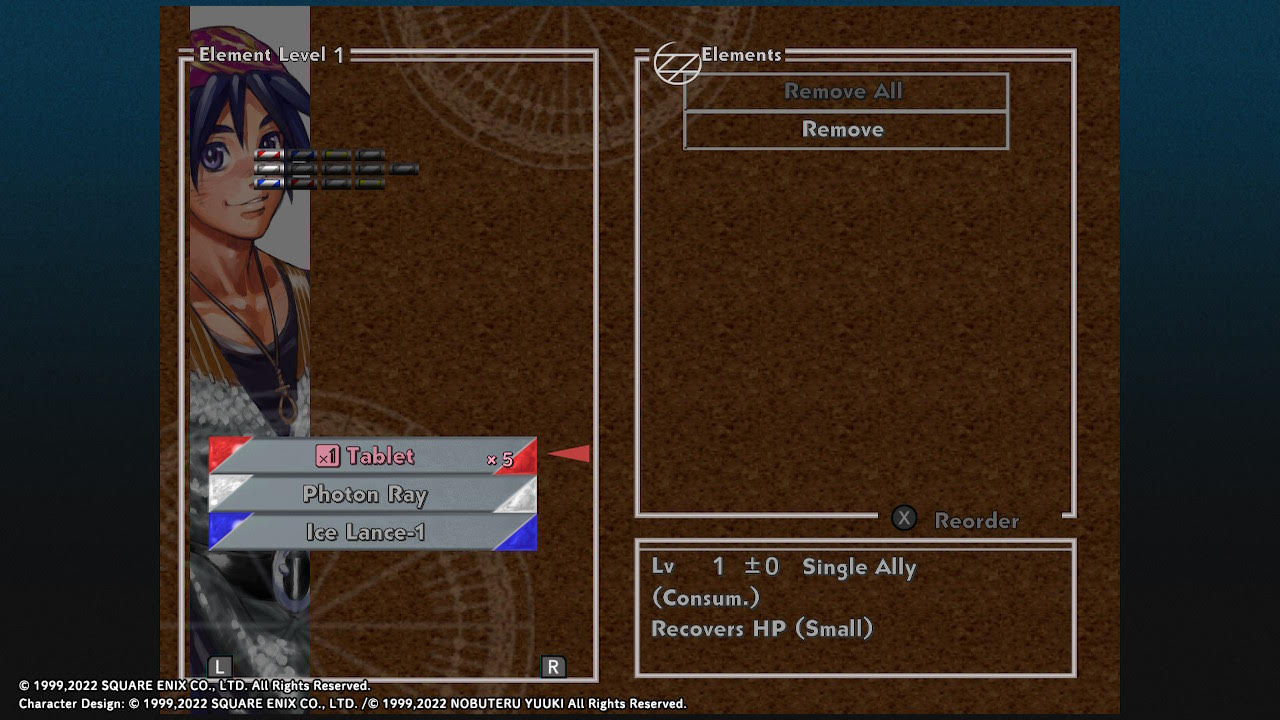
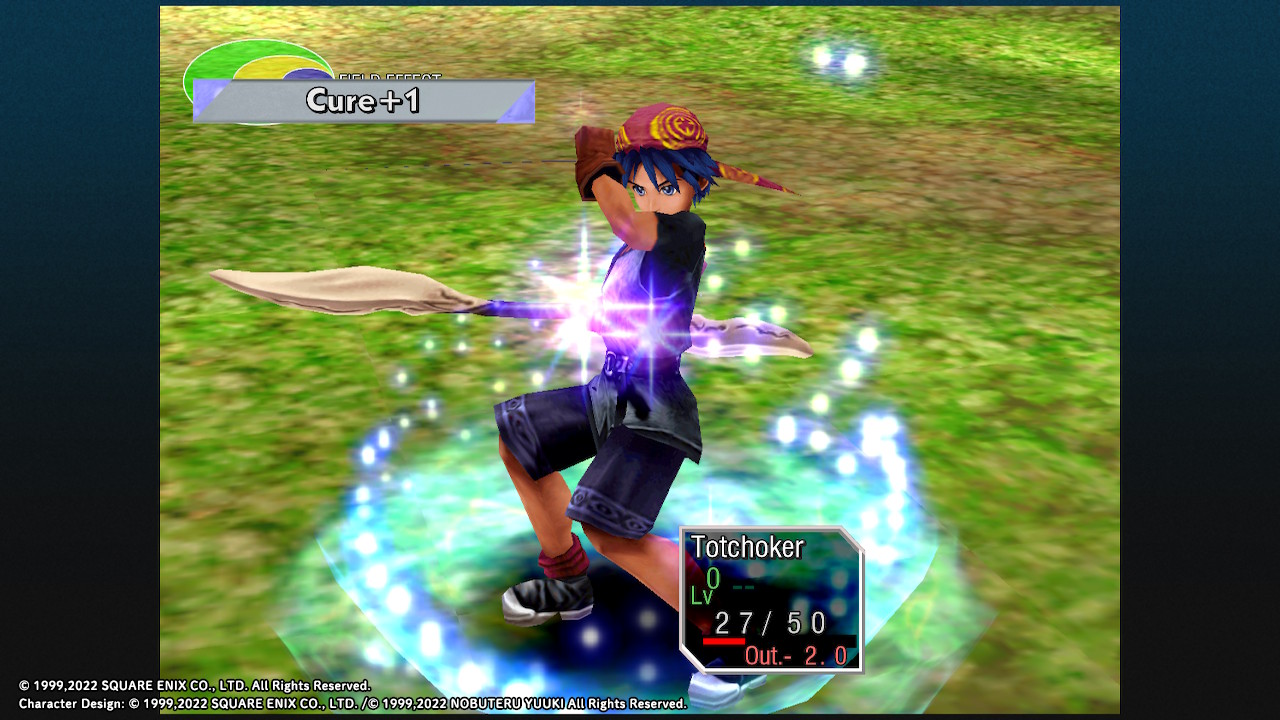
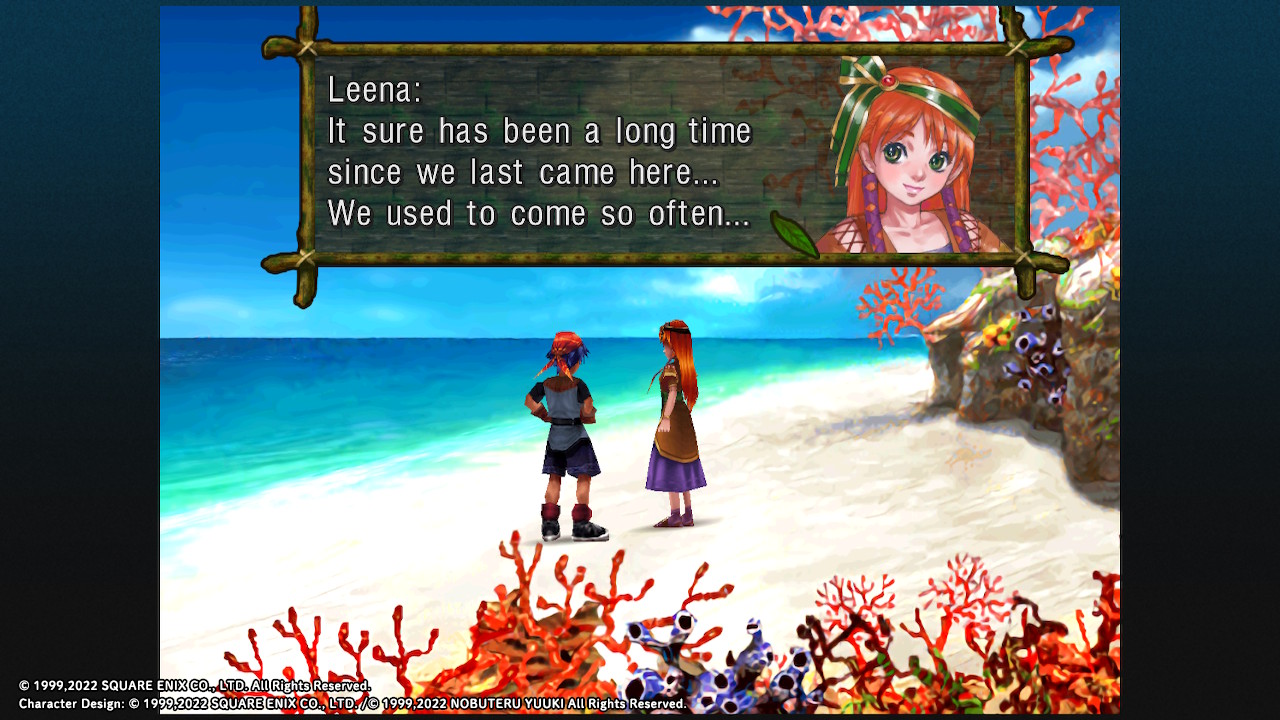
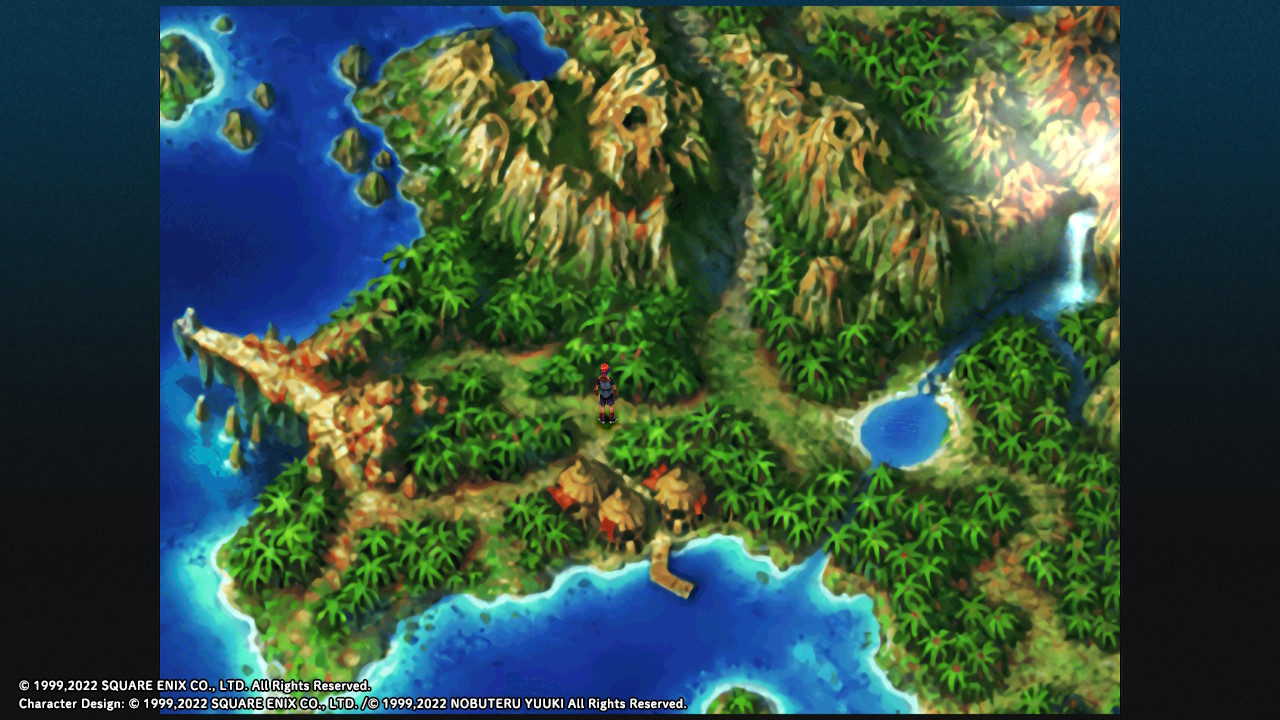
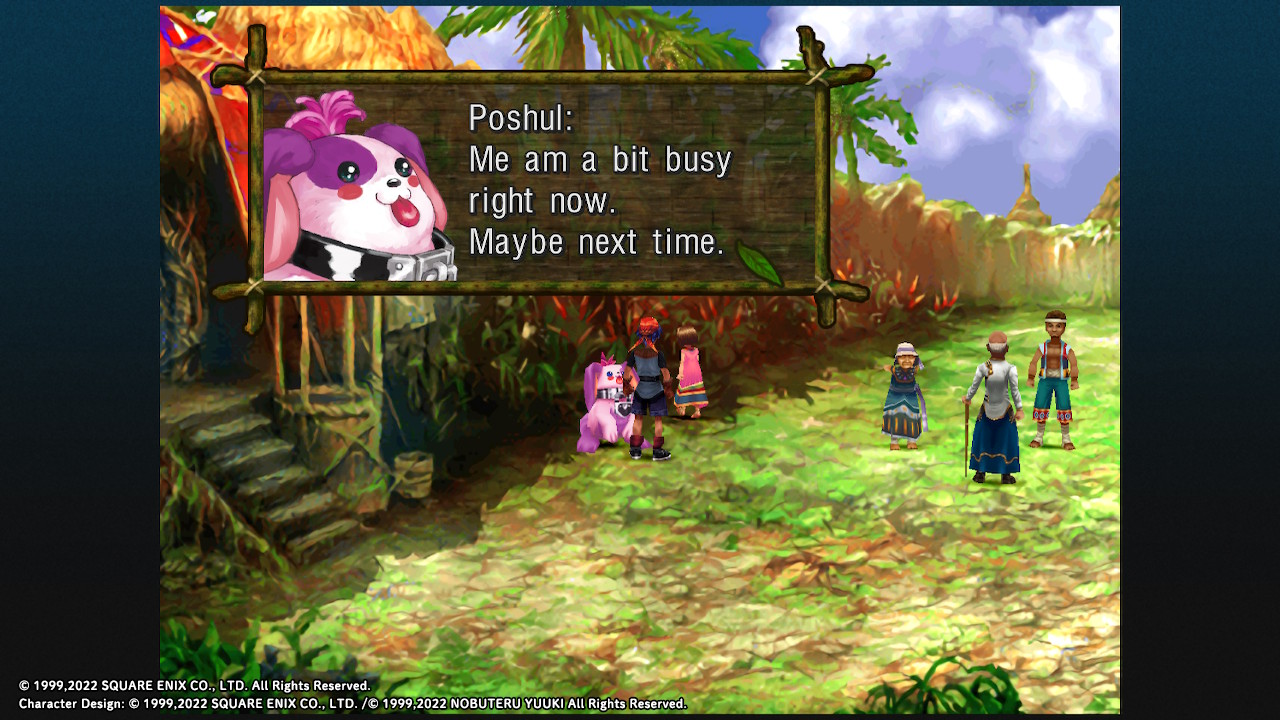
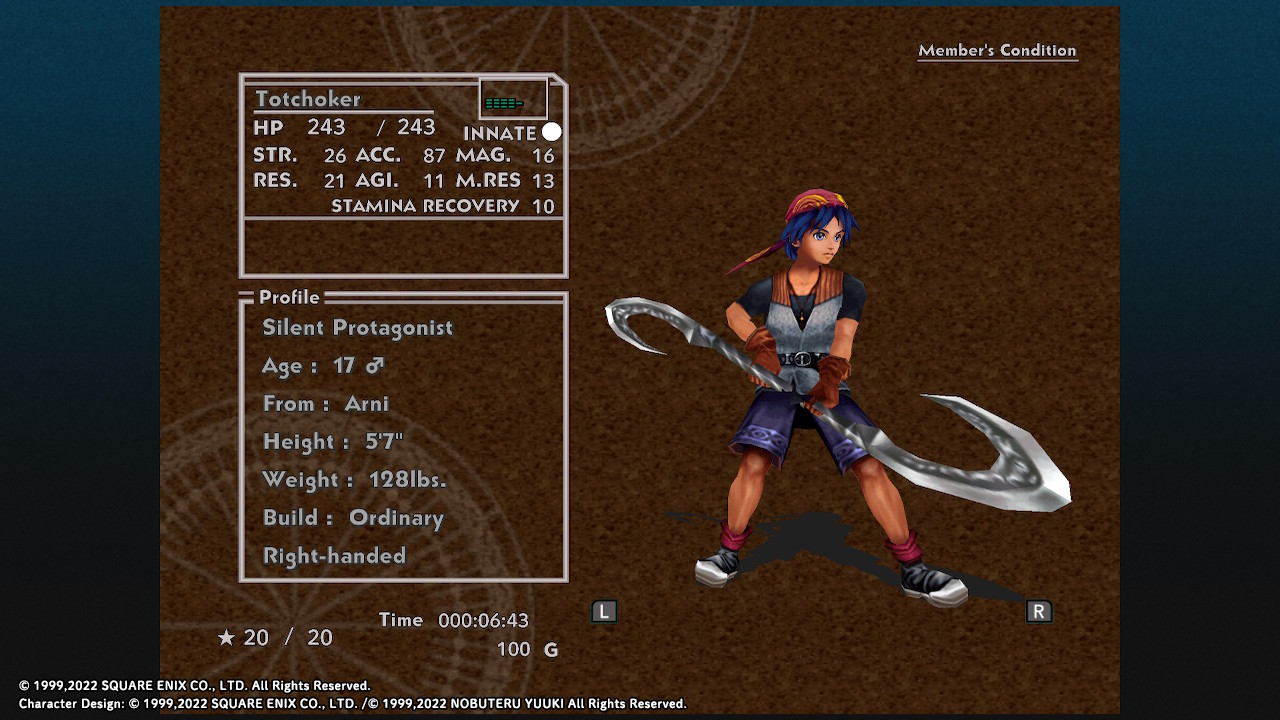
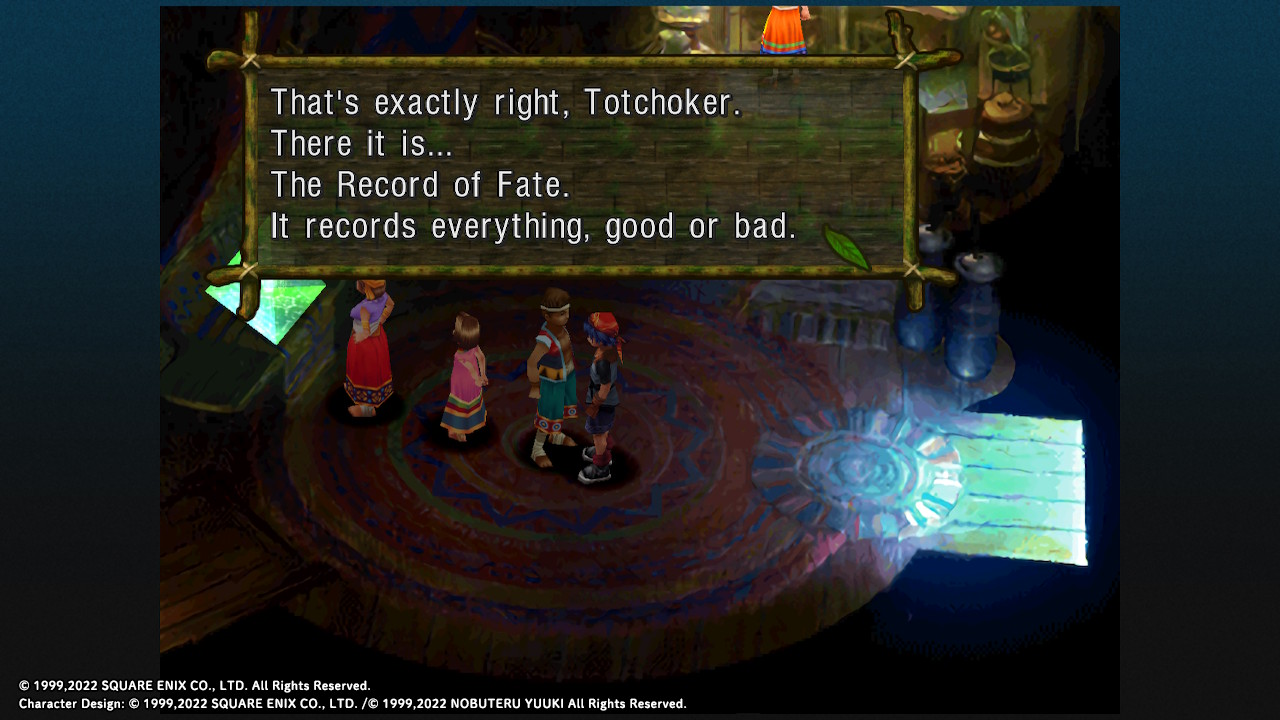
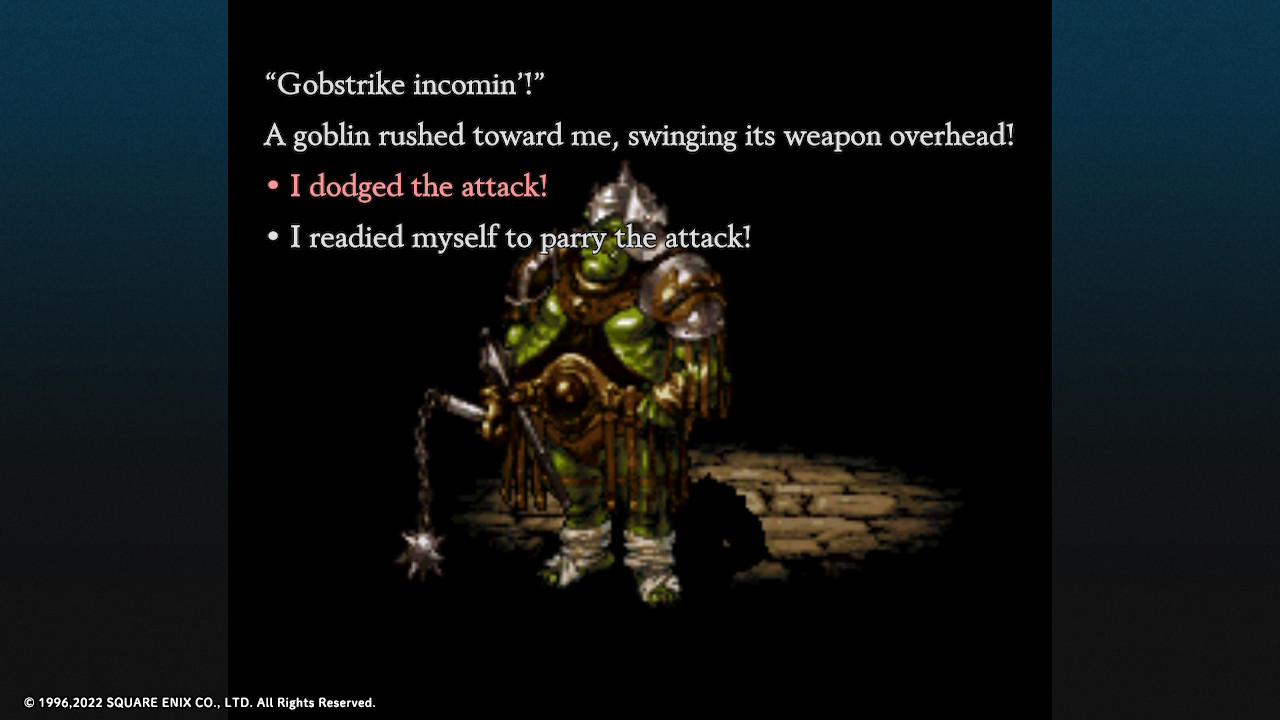
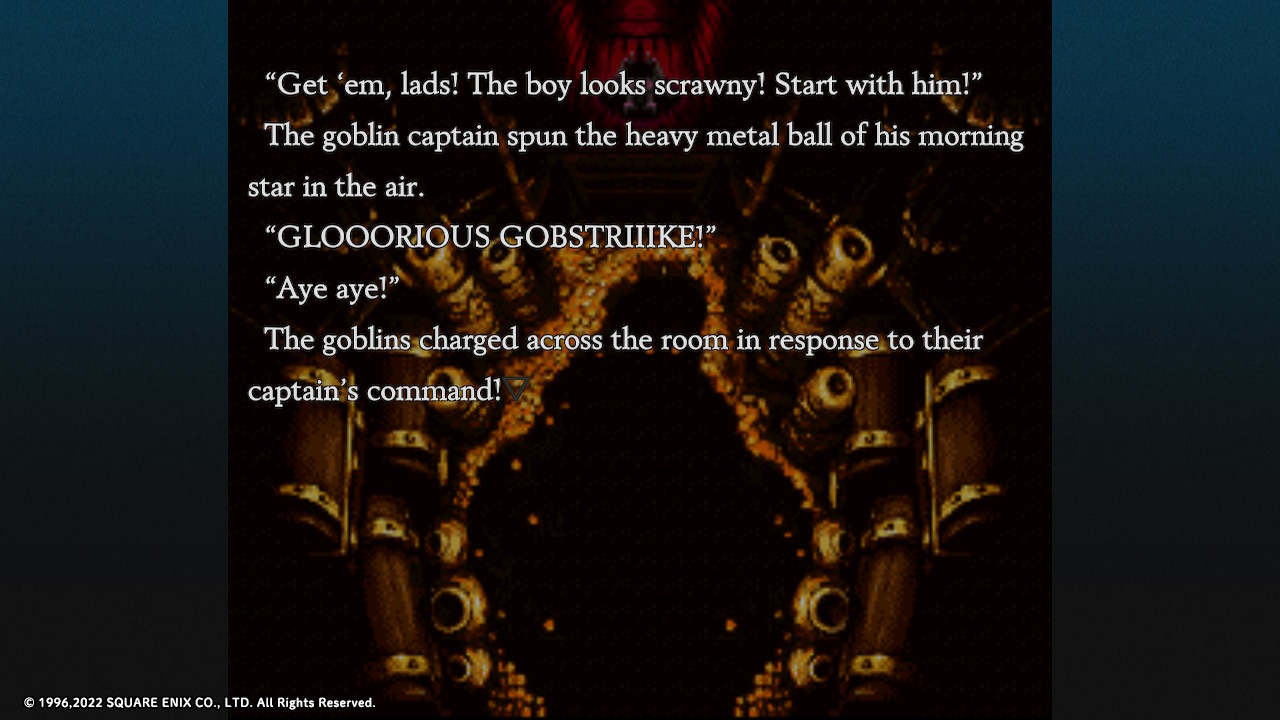
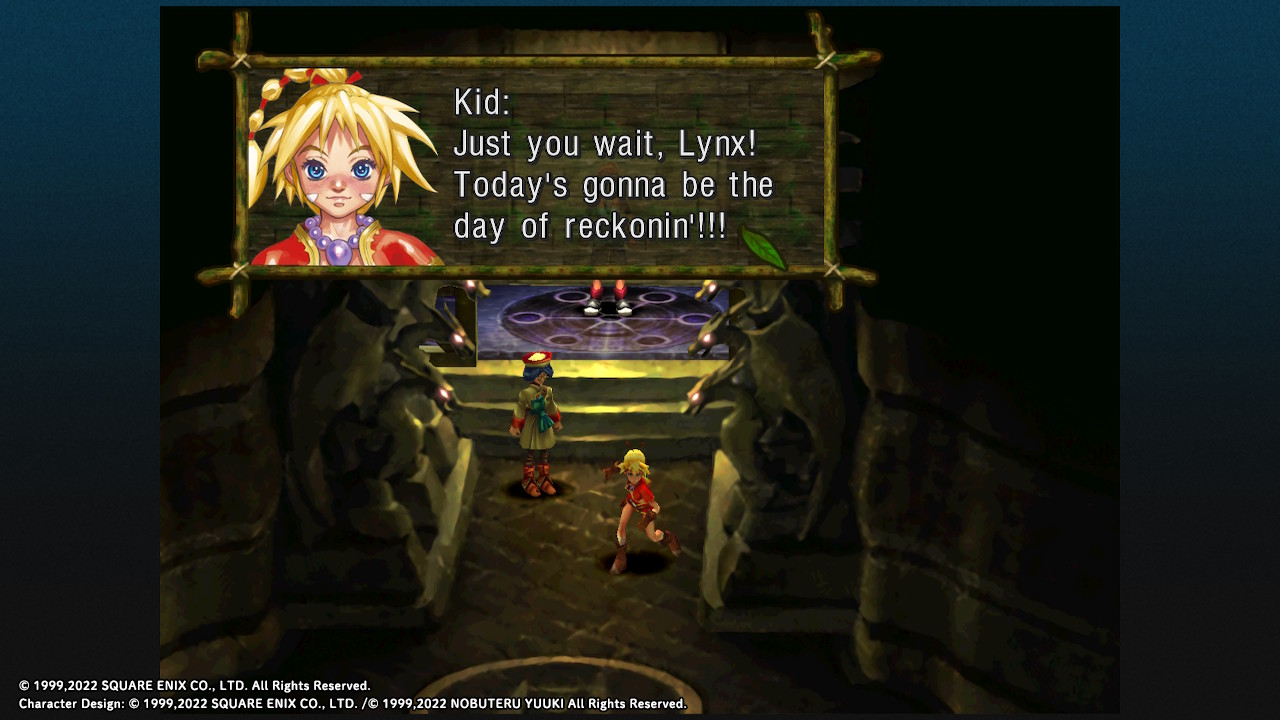
1